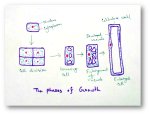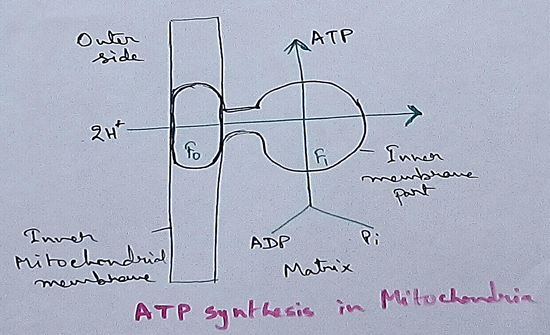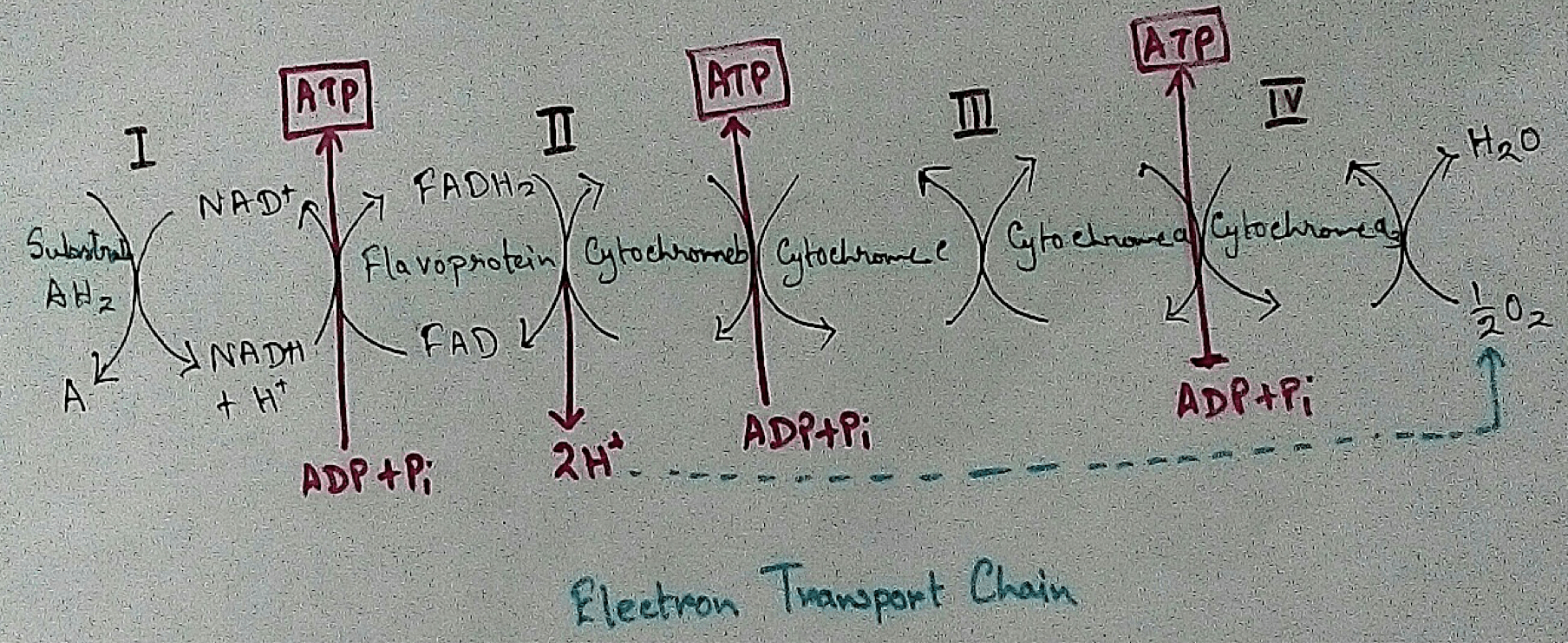Beaks of Birds
There are different types of beaks of birds. Like us, birds also eat but they do not have teeth like us. So, they are unable to chew or bite. But, they have a beak to eat. Different birds have different types of beaks, which suit the kind of food they eat.
Broad, flat beak:
The beaks of ducks and swan are broad and flat like a spoon. There are tiny holes on either sides of the beak. Ducks and swans find their food in water. When they spoon up the muddy water, the water flows out leaving the insects, worms and water plants behind. The ducks and swans eat them.
Strong, curved beak:
A parrot has a strong, curved beak. This beak helps it to crack open nuts or seeds and scoop out the pulp of fruits with the help of it.
Short, hard, pointed beak:
The sparrow has a short, hard and pointed beak. This helps it to pick up seeds and worms easily and crushes with its beak to eat. Some other birds like pigeons and peacocks also have similar type of beaks.
Short, broad beak:
The swallow has a short, broad beak. The inside of its mouth is sticky. The swallow swoops down on a cluster of insects in a circular movement with an open beak when the insects get stuck inside its mouth.
Long, chisel-like beak:
The woodpecker has a long, chisel-like beak. It taps the bark of a tree and to make holes in tree-trunks in search of insects. Its long, sticky tongue pulls out insects and worms from that hole and eats them.
Long, slender, slightly curved beak:
The hoopoe has a long, slender and slightly curved beak. It digs out insects from the ground or tree-trunks using its beak. It also eats worms and lizards.
Long, broad, pointed beaks:
Birds like the stork and the kingfisher have long, broad and pointed beaks. The beak is used to pick up fish from water.
Sharp hooked, strong beak:
Eagles and hawks have sharp hooked and strong beaks. The can easily tear the flesh of their prey.
They eat rats, lizards, snakes, frogs, rabbits and even small birds. They can spot their prey from great heights with their sharp eyesight. Vultures feed only on the flesh of dead animals.
Thin, long, pointed beak:
The beak of the humming bird is thin, long and pointed .It is shaped to suck nectar from flowers. The humming bird does not sit on the flower when feeding. It hovers above and dips its long beak into the flower.
From Beaks of Birds to HOME PAGE
Recent Articles
-
Explain about Growth in Plants |Definition of Growth & Differentiation
Feb 27, 25 02:07 PM
Growth is a permanent increase in length or volume of an organism that brought upon by an increase in its dimensions due to synthesis of new protoplasmic material. -
Definition of Respiratory Quotient | calculation | Application | Plant
Dec 02, 24 12:09 AM
Definition of respiration quotient- the ratio of the carbon-dioxide evolved to that of the oxygen consumed by a cell, tissue, plants or animals in a given time is called respiratory quotient. It is us… -
Amphibolic Pathway | Definition | Examples | Pentose Phosphate Pathway
Jun 06, 24 10:40 AM
Definition of amphibolic pathway- Amphibolic pathway is a biochemical pathway where anabolism and catabolism are both combined together. Examples of amphibolic pathway- there are different biochemical… -
Respiratory Balance Sheet | TCA Cycle | ATP Consumption Process
Feb 18, 24 01:56 PM
The major component that produced during the photosynthesis is Glucose which is further metabolised by the different metabolic pathways like glycolysis, Krebs cycle, TCA cycle and produces energy whic… -
Electron Transport System and Oxidative Phosphorylation | ETC |Diagram
Feb 04, 24 01:57 PM
It is also called ETC. Electron transfer means the process where one electron relocates from one atom to the other atom. Definition of electron transport chain - The biological process where a chains…




New! Comments
Have your say about what you just read! Leave me a comment in the box below.